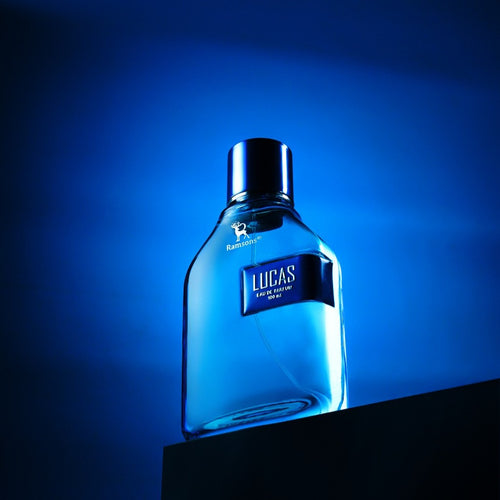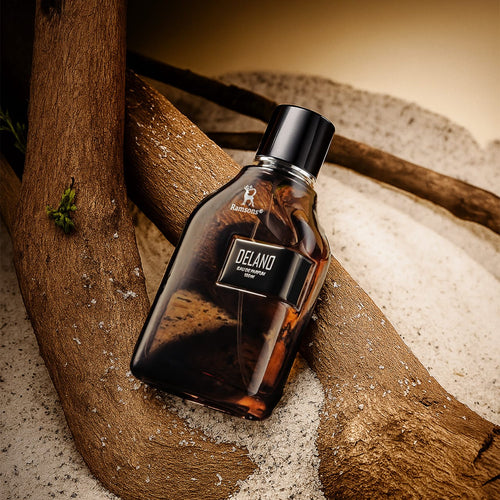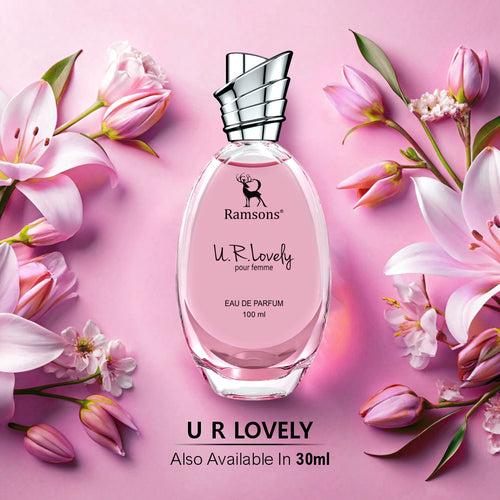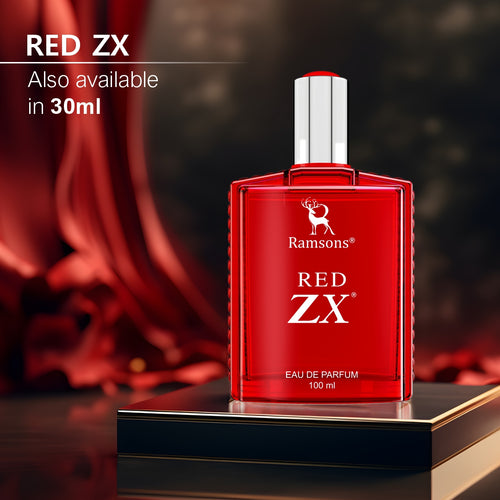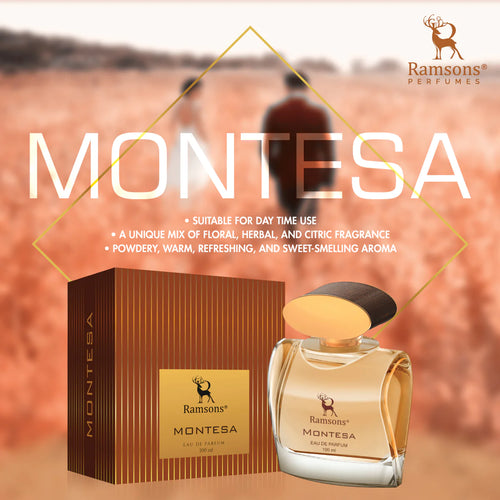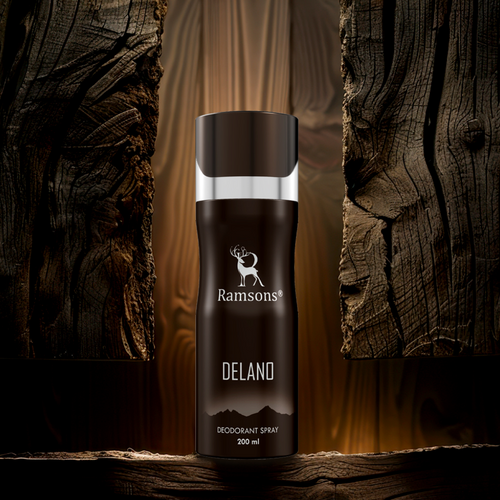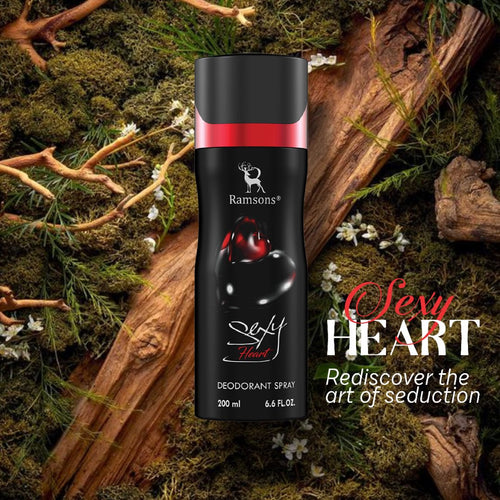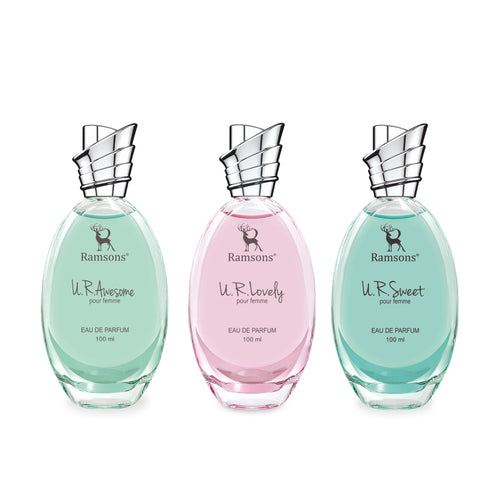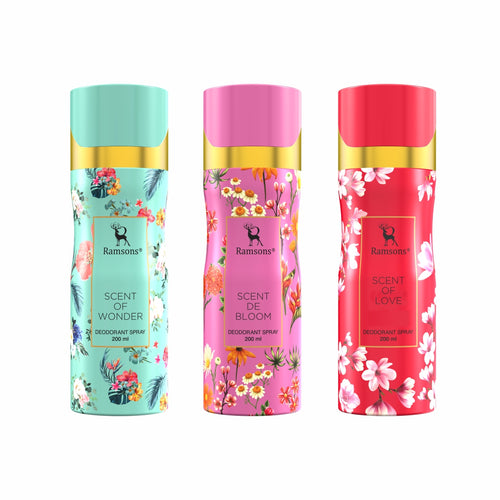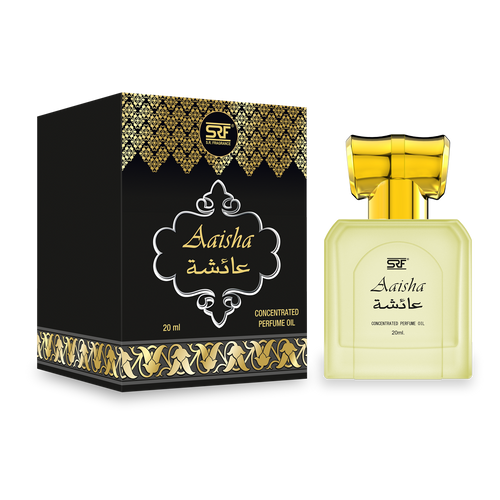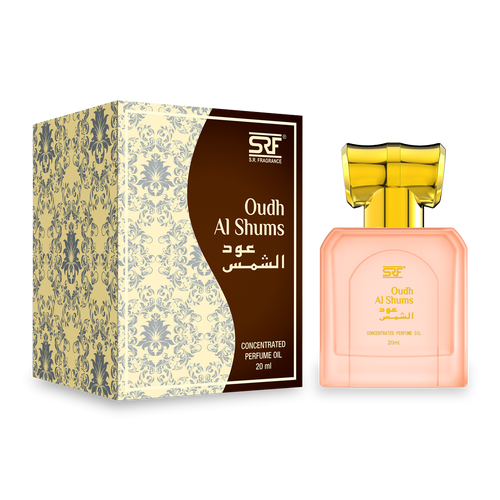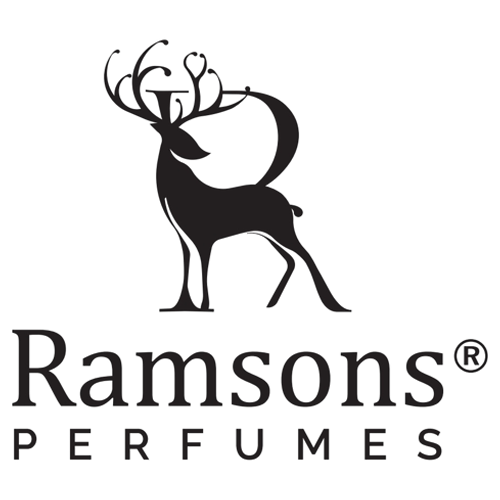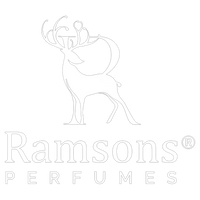Introduction
Welcome to the world of perfumery, where every scent tells a unique story! In this comprehensive guide, we'll delve into the art of using perfume samples to enhance your fragrance experience. From understanding the types of perfume samples to mastering application techniques, we've got you covered. Let's embark on a fragrant journey together!
Understanding Perfume Samples
-
What are Perfume Samples?
Perfume samples, also known as fragrance samples, are small vials or sachets containing a concentrated version of a perfume or cologne. These samples allow consumers to experience the fragrance before committing to a full-sized bottle.
Types of Perfume Samples
-
Synthetic vs. Natural Perfume Samples
Synthetic perfume samples are crafted using synthetic compounds to mimic natural scents, offering a wide range of affordable options. On the other hand, natural perfume samples use botanical extracts and essential oils for an authentic olfactory experience, albeit at a higher price point.
Importance of Using Perfume Samples
-
Advantages of Using Perfume Samples
Explore Diverse Scents:
Perfume samples let you explore a variety of scents without purchasing full bottles.
Cost-Effective:
Sampling allows you to test multiple fragrances economically before investing in a full-sized product.
Personalized Selection:
By sampling, you can identify scents that resonate with your unique preferences and personality.
How to Use Perfume Samples Correctly?
-
Application Techniques for Perfume Samples
To make the most of your perfume samples, follow these application techniques:
Skin Test:
Apply a small amount of the sample on your skin to assess how the fragrance interacts with your body chemistry.
Layering:
Experiment with layering multiple samples or combining them with your existing perfumes for a customized scent profile.
Dabbing vs. Spraying:
Depending on the sample type, choose between dabbing (for oils and solids) or spraying (for liquid samples) for optimal application.
Dos and Don'ts of Using Perfume Samples
- Tips for Maximizing the Benefits of Perfume Samples
- Dos:
Rotate Samples:
Use different samples on different days to fully experience each scent.
Observe Dry Down:
Allow the fragrance to settle and observe its evolution over time.
Store Properly:
Keep samples away from direct sunlight and extreme temperatures for longevity.
- Don'ts:
Overapply:
Avoid using excessive amounts of perfume samples, as it can overwhelm the senses.
Rubbing:
Refrain from rubbing the fragrance into your skin, as it can alter the scent's composition.
Best Practices for Storing Perfume Samples
- Proper Storage Methods for Perfume Samples
Cool, Dark Place:
Store samples in a cool, dark environment to preserve their fragrance integrity.
Air-Tight Containers:
Use air-tight containers or pouches to prevent evaporation and maintain freshness.
Avoid Humidity:
Keep samples away from humid areas, such as bathrooms, to prevent degradation.
Longevity of Perfume Samples
- Factors Affecting the Longevity of Perfume Samples
The longevity of perfume samples depends on various factors, including:
Ingredients:
Natural ingredients tend to last longer than synthetic ones.
Concentration:
Higher concentrations, such as perfume oils, generally have greater longevity.
Storage Conditions:
Proper storage extends the shelf life of perfume samples.
Common Mistakes to Avoid
- Pitfalls to Watch Out for When Using Perfume Samples
Ignoring Skin Chemistry:
Remember that fragrances can smell different on each person due to individual body chemistry.
Storing Incorrectly:
Improper storage can lead to fragrance degradation and altered scents.
Skipping Patch Tests:
Always perform a patch test to check for allergies or adverse reactions before widespread application.
Understanding Fragrance Families
- Exploring Different Fragrance Families
Fragrances are categorized into several families, including:
Citrus:
Fresh and zesty scents derived from citrus fruits like lemon and bergamot.
Floral:
Romantic and feminine scents featuring floral notes like jasmine and rose.
Woody:
Warm and earthy scents with woody elements like sandalwood and cedar.
Oriental:
Exotic and spicy scents incorporating ingredients like vanilla and amber.
Choosing the Right Perfume Sample
- Factors to Consider When Selecting Perfume Samples
Consider the following factors when choosing perfume samples:
Personal Preferences:
OTP for scents that align with your style, mood, and occasion.
Seasonal Variation:
Choose lighter, floral scents for spring and summer, and richer, woody scents for fall and winter.
Sample Sizes:
Prioritize samples that offer enough product for multiple uses to fully evaluate the fragrance.
